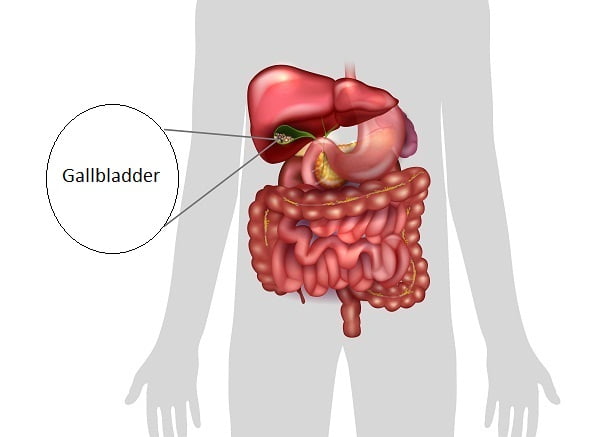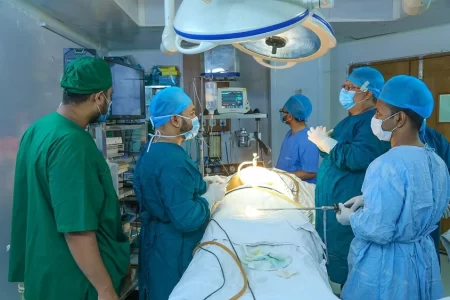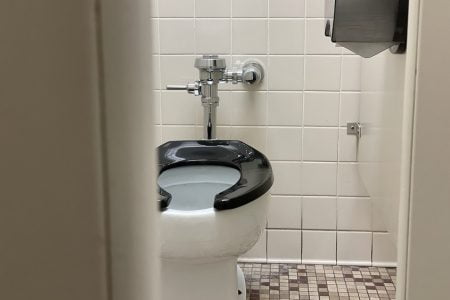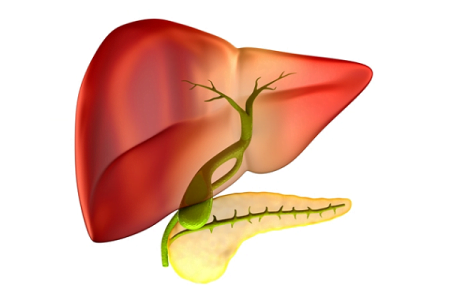Non-Surgical Ways of Gall Stone Removal
- Updated on: Jul 5, 2024
- 2 min Read
- Published on Nov 16, 2020

Introduction
Gall stones are the hardened deposits made up of digestive fluids that are formed in your gall bladder. Gall stones vary in size from as small as a particle of grain to as big as a golf ball. Some people develop just a single gallstone in their gall bladder, while others may simultaneously develop a cluster of stones. Gall stones that do not cause any symptoms do not require any treatment. However, people who experience severe symptoms from their gall stones require surgery to remove their gall bladder.
Surgical removal of gall stones usually leads to the entire removal of the organ, which has led to a growing interest in non-surgical treatments for gallstones. Non-surgical treatments are generally given to people who cannot go through surgery, such as older people, extremely ill people, and people who have other complications that make them unsuitable for surgery.
Learn All About Stones in Gall Bladder
What Are Various Non-Surgical Ways of Gallbladder Stone Removal?
Patients are advised to go for cholecystectomy to treat the symptoms and future complications of gallstones. But in some cases, patients are not ready for surgery owing to their physical and medical condition. For them, following non-surgical gallbladder stone removal approaches might be helpful:
Oral Bile Acids
Some forms of gallstones can be treated with medicines such as ursodiol or chenodiol. These help in dissolving gallstones by thinning the bile acid. These are available in oral bile acid pills. But these medicines can help only those who have tiny gallstones made up of cholesterol.
Extracorporeal Shock Wave Lithotripsy (ESWL)
It is another non-surgical treatment that is considered for gallstones if certain criteria are met. It is most effective on gallstones less than 2 cm in diameter, so only a few patients are eligible for ESWL.
The main goal of this treatment is to make fragments or break up gallstones via shock waves that can be passed to the body’s soft tissue.
Contact Dissolution Therapy
It is one of the emerging non-surgical options, which involves injecting a solvent known as methyl tertiary-butyl ether (MTBE) into the gallbladder. Though it is not an established treatment yet, studies have shown that MTBE rapidly dissolves gallstones. It is accompanied by some serious side effects, such as severe burning pain.
Percutaneous Cholecystectomy
This treatment may provide temporary relief for an inflamed gallbladder and is most effective if it is followed by an endoscopic retrograde cholangiopancreatogram (ERCP) or surgery.
During this procedure, your doctor places a tube through the abdomen and into the gallbladder to drain its contents. This procedure is sometimes done for people who are not strong enough or ready for immediate surgery.
Endoscopic Retrograde Cholangiopancreatogram (ERCP)
It is a technique used to remove gallstones in the common bile duct.












